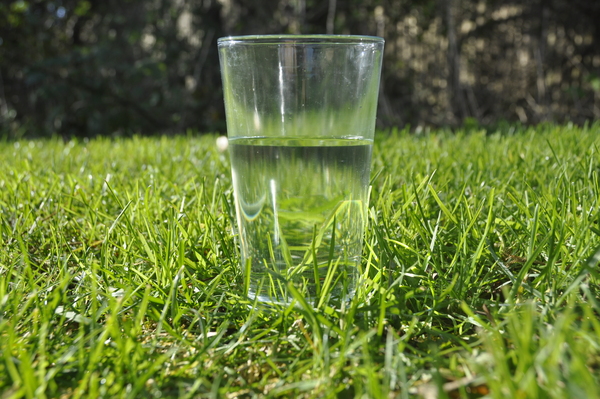
Long Island’s groundwater system is a federally-designated sole-source aquifer—one that supplies 50 percent or more of the drinking water for an area. It is also one that is, according to the Suffolk County Department of Health Services, gradually declining.
Last year, the county released a wastewater management plan that concluded that the toxins lowering groundwater quality are nitrates, pesticides, volatile organic compounds and personal care products, according to Jenn Hartnagel, an environmental advocate for the Group for the East End.
“It’s a huge problem and we don’t really think about it because we turn on the tap and drink clean water,” she said during an interview at the group’s Southold office last week. “But people don’t realize that we’re having to pay more and more to have the Suffolk County Water Authority clean our water, and there are some areas on the island they can’t even pump from anymore because it’s so polluted. It is a problem and we can do things in our daily lives to start to correct that.”
Currently, public water serves 72 percent of Suffolk County’s population, Ms. Hartnagel said. Precipitation recharges the groundwater, but any water that moves through the aquifers from the rain or snow takes hundreds of years to reach the Atlantic Ocean or Long Island Sound, she said.
“That’s important because if there was a spill or if we do pour toxins down into the ground, it sticks around for a long time,” she said.
The high influx of nitrogen in the groundwater can be attributed to fertilizers—from both agricultural land and homeowners striving to keep their lawns green, Ms. Hartnagel explained. The same can be said about pesticides, she reported.
To reduce nitrogen levels, use organic or slow-release fertilizers and minimize lawn areas, she said. The natural habitat will grow back in, which protects groundwater because it doesn’t require pesticides, she added.
Another contributor to the nitrate issue are septic systems, which should be upgraded or replaced when needed, and pumped out every three to four years,
“It’s this kind of thing where your septic system is out of sight, out of mind,” the environmental advocate said. “So unless it backs up into your house, you’re like, ‘Oh, it must be working fine.’ But to reduce nitrogen, to protect not only our groundwater but the surface water in our bays, pumping out our septic systems ... is really important.”
Volatile organic compounds, or VOCs, are chemicals that easily enter the air as gasses from some liquids and solids. They are ingredients in many commonly-used products, such as paints, lacquers and cleaning supplies, Ms. Hartnagel said.
“Some VOCs are actually known carcinogens,” she said. “Some of it’s really nasty stuff. It is toxic.”
A VOC is a grouping of chemicals, and there are hundreds of them so it can be difficult to tell which are dangerous, Ms. Hartnagel explained. Just because a product is sold doesn’t mean it’s safe, she emphasized.
“Some people switch to green cleaning products to get away from high VOCs,” she said. “But you have to be careful because some of them aren’t actually green. There’s no certifying agency or body. Clorox can put ‘green’ on the bottle. You have to be really diligent in knowing what the chemicals are.”
Never pour cleaning products or paints down the drain, or even outside on the ground, because they will seep into the groundwater, Ms. Hartnagel said. Also, don’t flush pharmaceutical drugs down the toilet. Return them to pharmacies or take them to a drop-off site, she said.
“You don’t want to be drinking any of this stuff,” she said, emphasizing that anything, including toxins, that goes into the groundwater will eventually resurface.
For the 28 percent in Suffolk County who don’t drink public water, it is their responsibility to check their private wells for contaminants, Ms. Hartnagel reported. Also, when looking to buy a new home, check to make sure there aren’t any toxic sites in the neighborhood, she added.
“What goes down the drain, what seeps into the lawn, what’s dumped into the woods or what runs off the roads ends up in our drinking water supply,” she said. “It’s all of our responsibility, at the end of the day. We need to take a proactive role.”